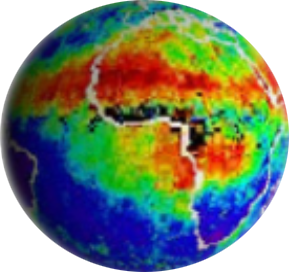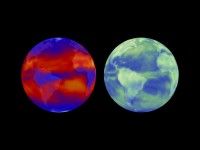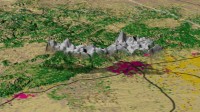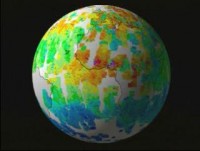Terra: the EOS Flagship
UPDATE ON ASTER VNIR/TIR: After investigation and monitoring of platform battery status, the Terra Flight Operations Team (FOT) determined that there was sufficient power to resume imaging with ASTER’s VNIR instrument. The FOT will continue to monitor the power usage, but as a result, ASTER once again began collecting VNIR data on January 17, 2025. The team is currently working to restart ASTER TIR data collection, and updates will be posted here. To view recent imagery, visit this linked Land Processes Distributed Active Archive Center webpage.
MOPITT in Safe Mode:
On February 1st, 2025 the Terra Measurement of Pollution in The Troposphere (MOPITT) instrument went into safe mode.
While in safe mode, there will be no MOPITT science data collected.
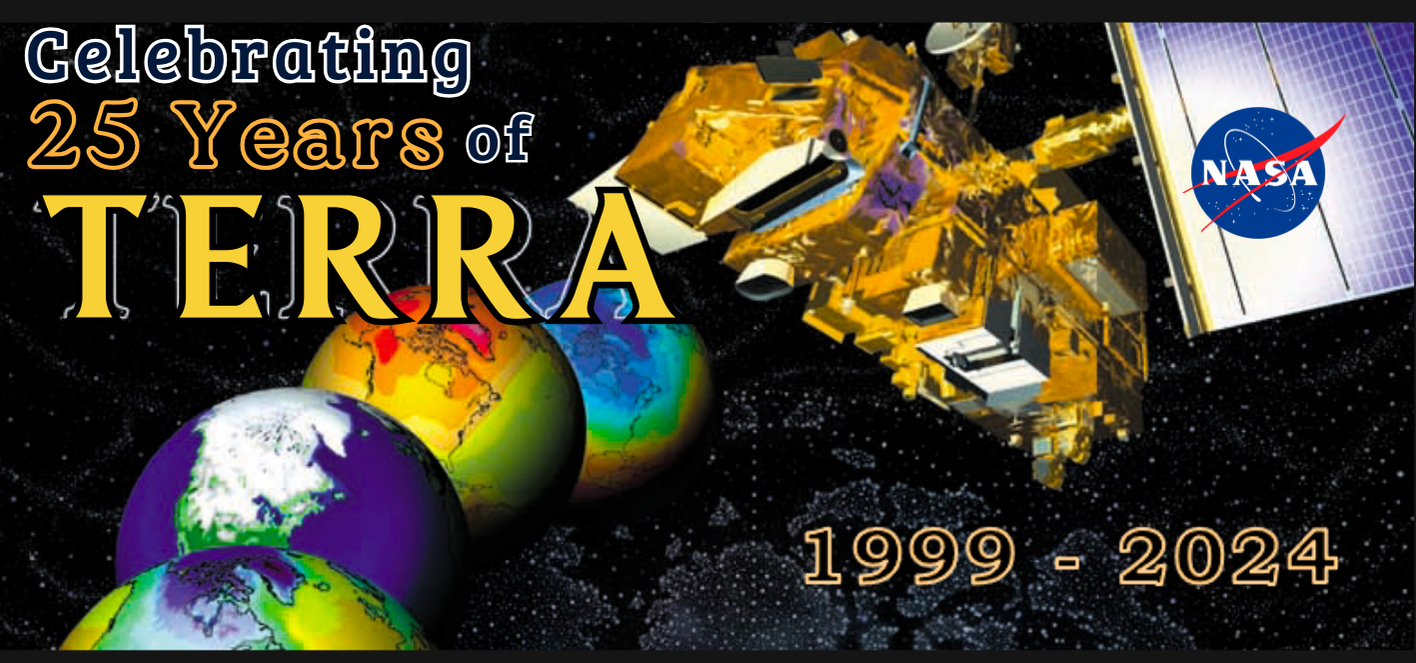
Terra: The EOS Flagship
Terra explores the connections between Earth’s atmosphere, land, snow and ice, ocean, and energy balance to understand Earth’s climate and to map the impact of human activity and natural disasters on communities and ecosystems
Connecting Earth’s Systems with Terra’s Observations
Examples of each instrument’s capabilities (clockwise): land composition (ASTER), reflected energy (CERES), aerosols (MISR), vegetation snow and ice (MODIS), carbon monoxide (MOPITT)
Important Terra Updates and Information
Terra mission updates related to platform power supply, instrument status, and other related information will be issued and posted as banners at the top of this page. For an archive of all previously-issued banners, please visit the Instrument Updates (Archive) page, linked here.
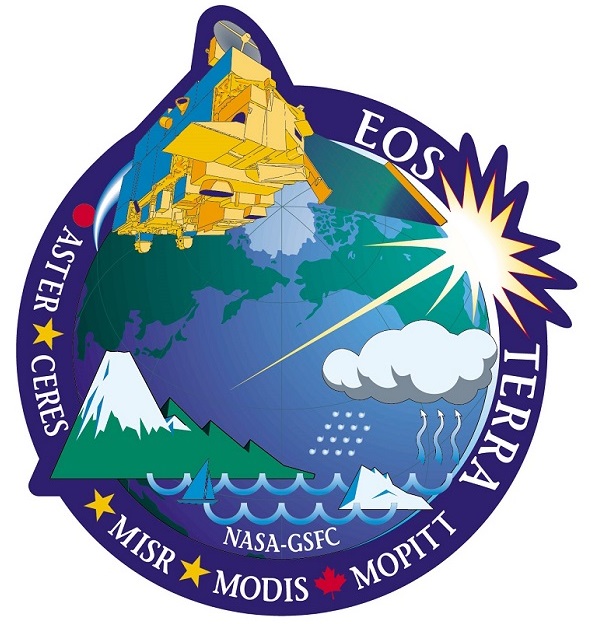

Terra data users have expressed the need for weekly updates on Terra’s equator crossing time (in Mean Local Time), as well as orbital altitude. Starting this month, we’ll be adding this information to the Terra homepage and updating it weekly using data provided by the Operations Team. Move your cursor over the chart below to view both Terra’s Mean Local Equator Crossing Time in UTC and orbital altitude for each month through 2026.
Terra’s orbit has changed, but the data quality hasn’t! Visit this link to learn more about Terra’s new orbit.
Update on Terra’s New Orbit: Since 2020, Terra has been drifting to an earlier equator crossing time, and in October 2022 was lowered by ~5km in altitude. These changes in orbit did not reduce the data quality of Terra products, and only created minor changes to orbital repeat time and swath width (for some instruments). See Terra’s New Orbit for more information.

9:26 AM (Mean Local Time)

694 KM
(Updated April 2025)

Click the links below to catch up on all the latest Terra news and updates!
Past News Features
- Valentine’s Day 2025Another year, another cheesy Valentine’s Day card from the Terra mission! (And speaking of 25 years, check out pictures and slideshows from our 25th Anniversary Event at GSFC’s Visitor’s Center, linked here!)
- 2024 Terra Social Media Stories2024 was a busy year for the Terra mission, as we handled platform battery charging changes, performed a yaw maneuver, and celebrated Terra’s 25th Anniversary– all while continuing to support the uninterrupted collection of daily Earth observations! Let’s take a moment to look back at the top-shared monthly Terra stories on the social media platform …
- Terra 2024 Thanksgiving Greetings!This year has been a busy one for Terra, with our 25th Anniversary just around the corner! (Learn more and RSVP here!) In the season of thanksgiving, Terra is especially grateful for the following: Thanks again for all of your support over the years! Wishing you all a relaxing holiday full of food and friends!
Terra’s Lower Orbit Virtual Community Forum
NASA’s Terra, Aqua, and Aura Drifting Orbits Workshop Information
Terra Begins Drifting. What’s Next?
After more than 20 years orbiting at 705 km above Earth’s surface and routinely crossing the equator at approximately the same time every day, Terra is now drifting. With no maneuvers planned to sustain Terra’s altitude and crossing time, Terra will slowly get closer and closer to Earth – crossing the equator earlier and earlier as time passes. However, despite impacts to some of Terra’s nearly 100 data products, Terra’s five sensors continue to collect meaningful scientific data, producing one of the longest continuous climate data records collected by a satellite. Read more…
Terra: Providing Critical Data to Help Society
Twenty Years of Terra in Our Lives
There is no question that technology has changed. But, at the same time that our lives on Earth were being shaped by our access to technology, 705 kilometers above us, a satellite was changing how we understood our planet.
For 20 years, Terra, the flagship Earth observing satellite,
has chronicled changes on Earth. Designed and built in the 1980s and 90s, NASA and Lockheed Martin engineers set out to build a satellite that could take simultaneous measurements of Earth’s atmosphere, land, and water. Its mission – to understand how Earth is changing and to identify the consequences for life on Earth. Season after season, Terra data continues to help
us understand how the evolving systems of our planet affect our lives – and how
we can use that data to benefit society. Read more and find resources from our anniversary events, Terra 20 Events
Update on Terra’s New Orbit: Since 2020, Terra has been drifting to an earlier equator crossing time, and in October 2022 was lowered by ~5km in altitude. These changes in orbit did not reduce the data quality of Terra products, and only created minor changes to orbital repeat time and swath width (for some instruments). See Terra’s New Orbit for more information.













